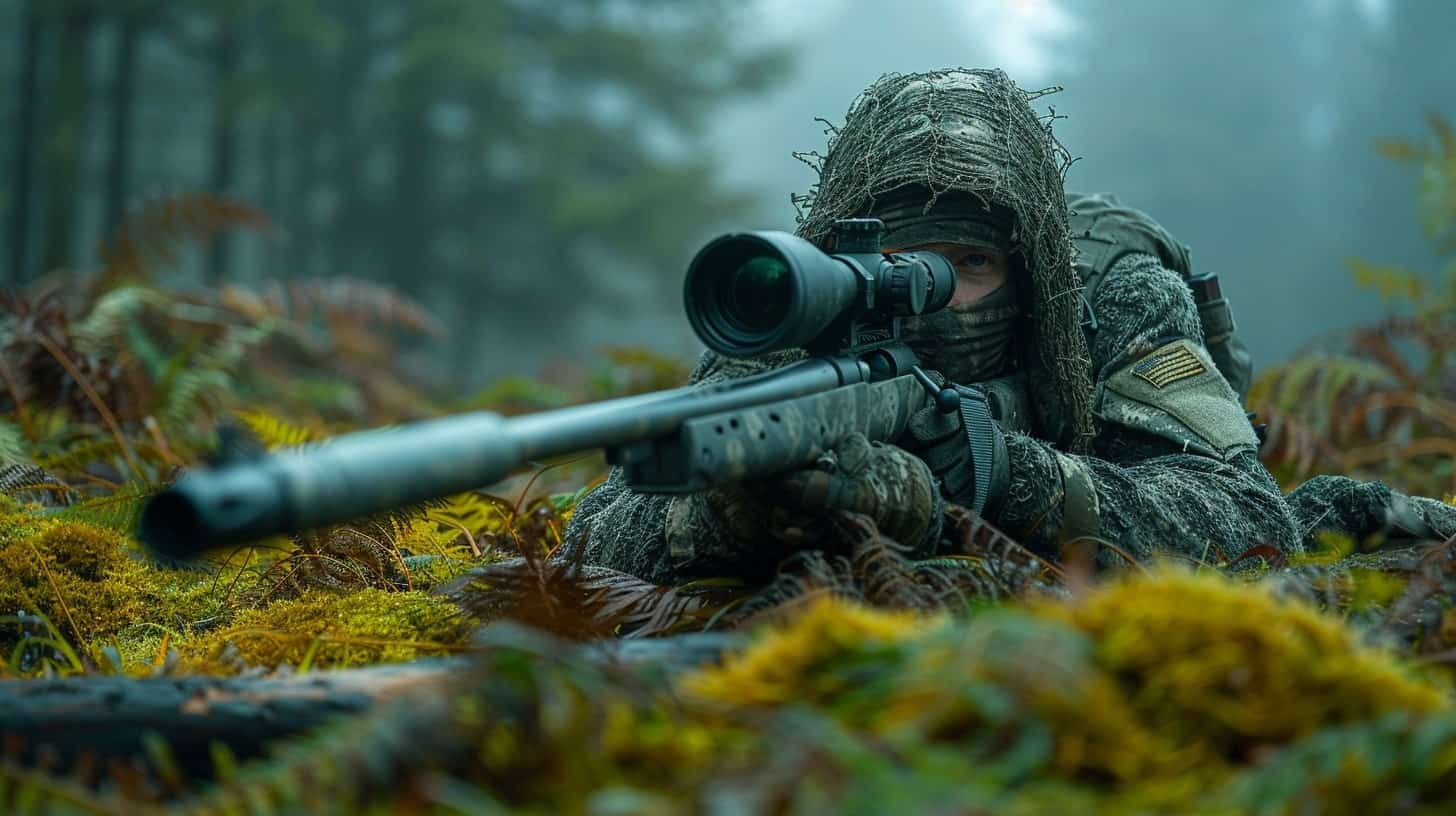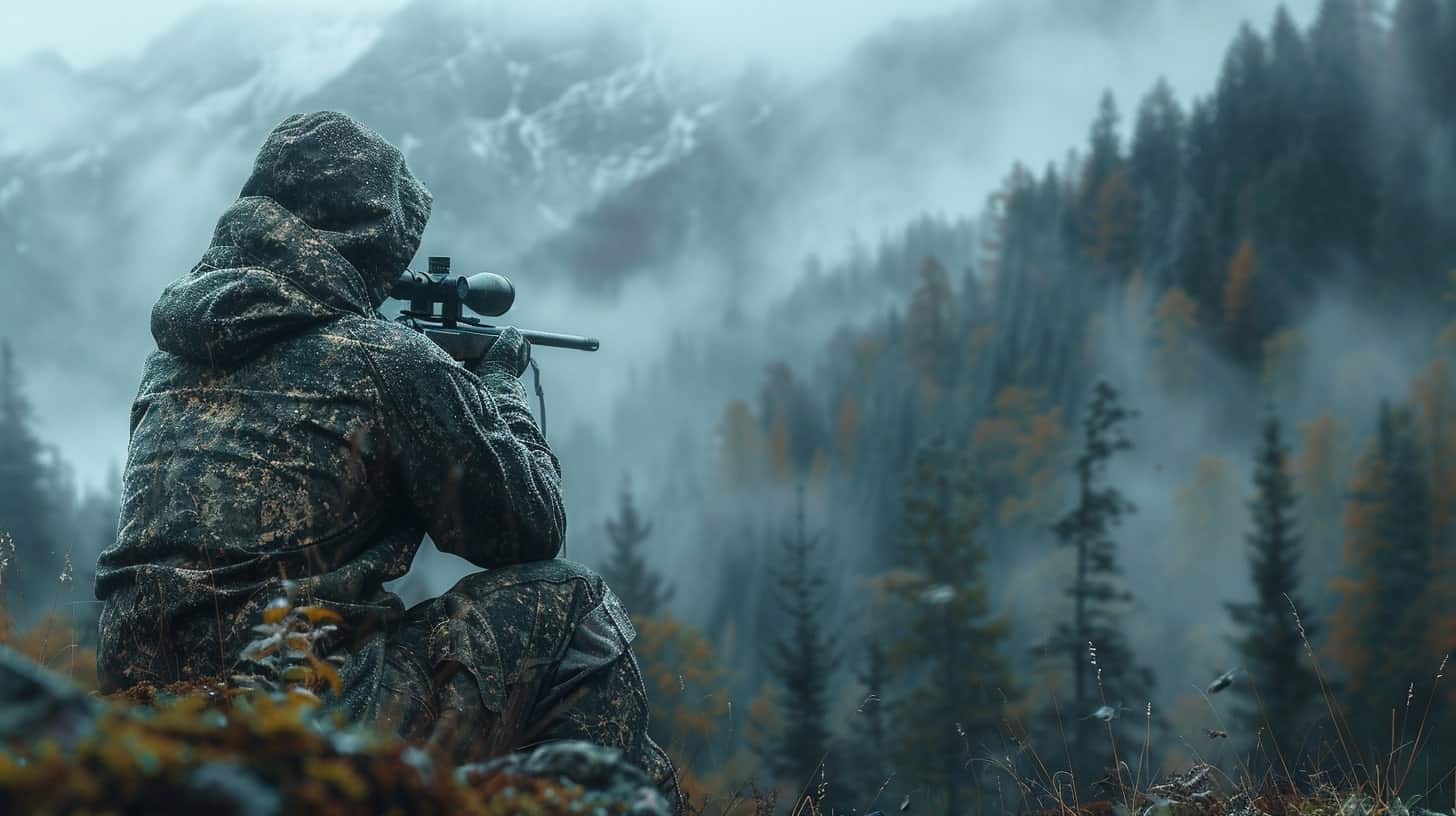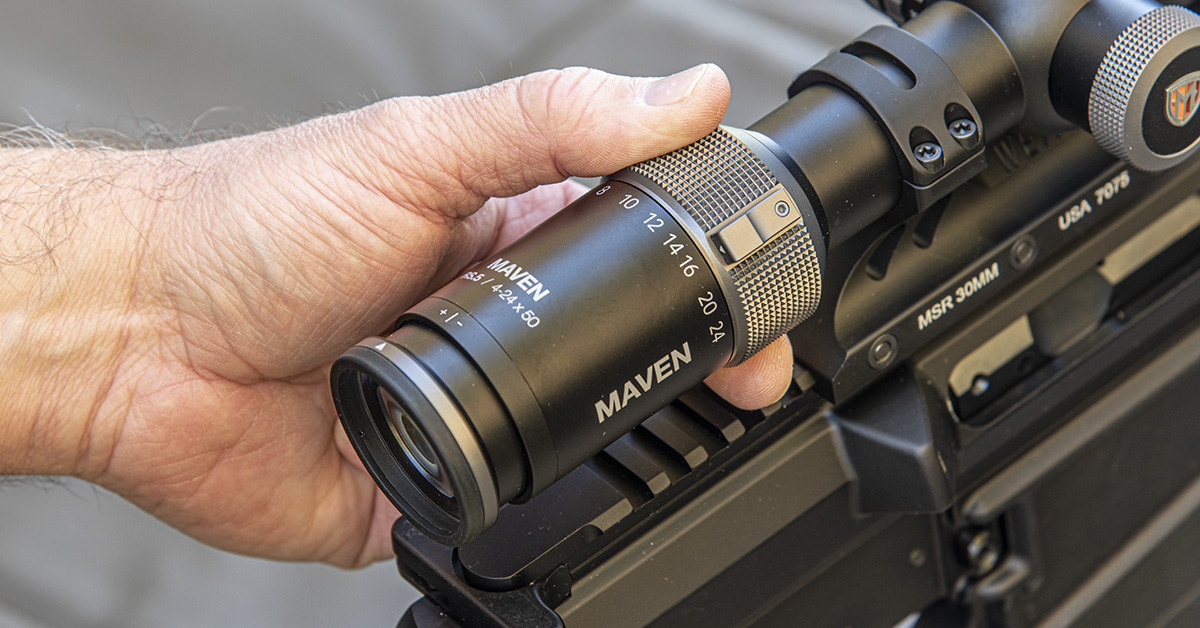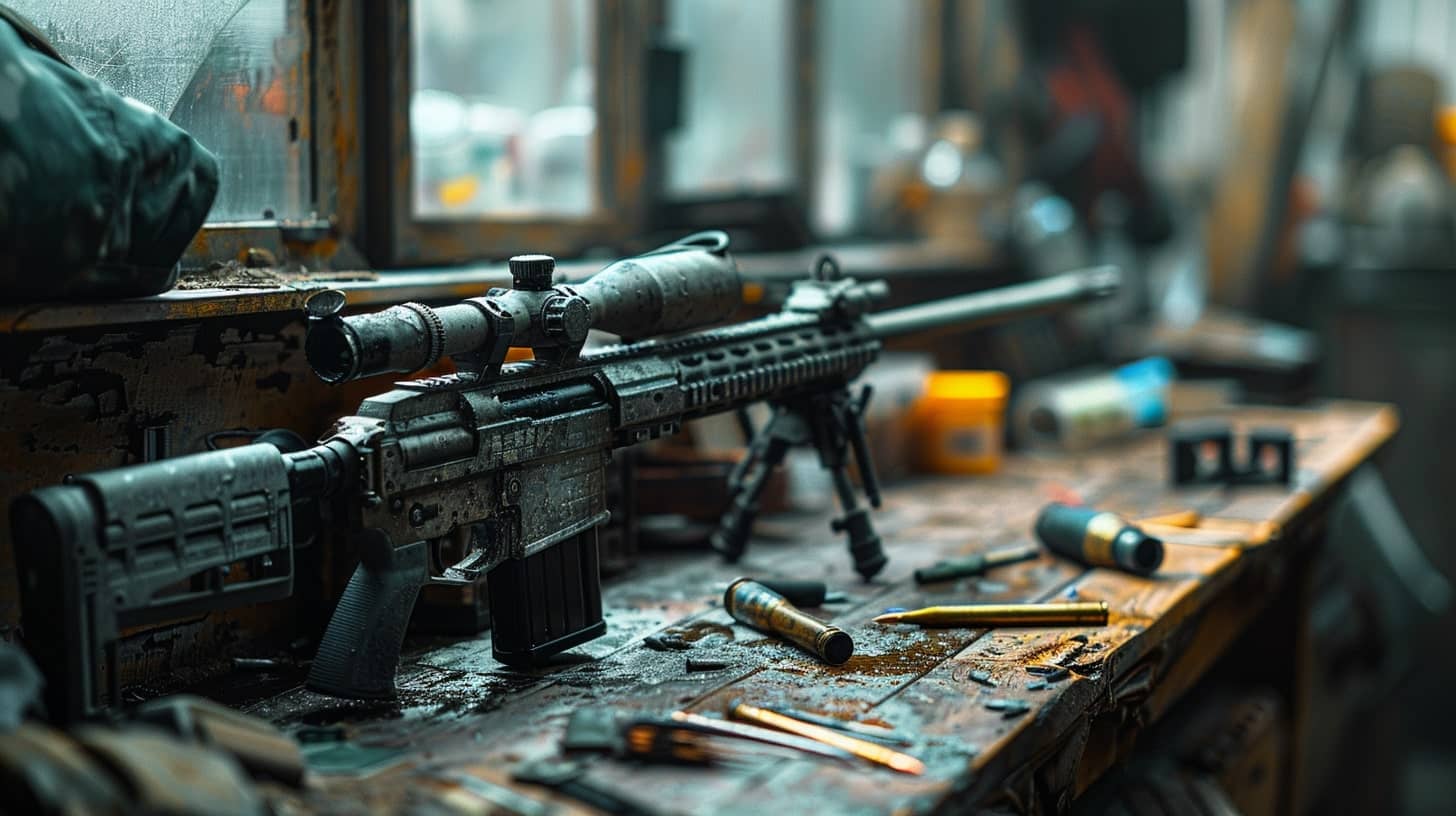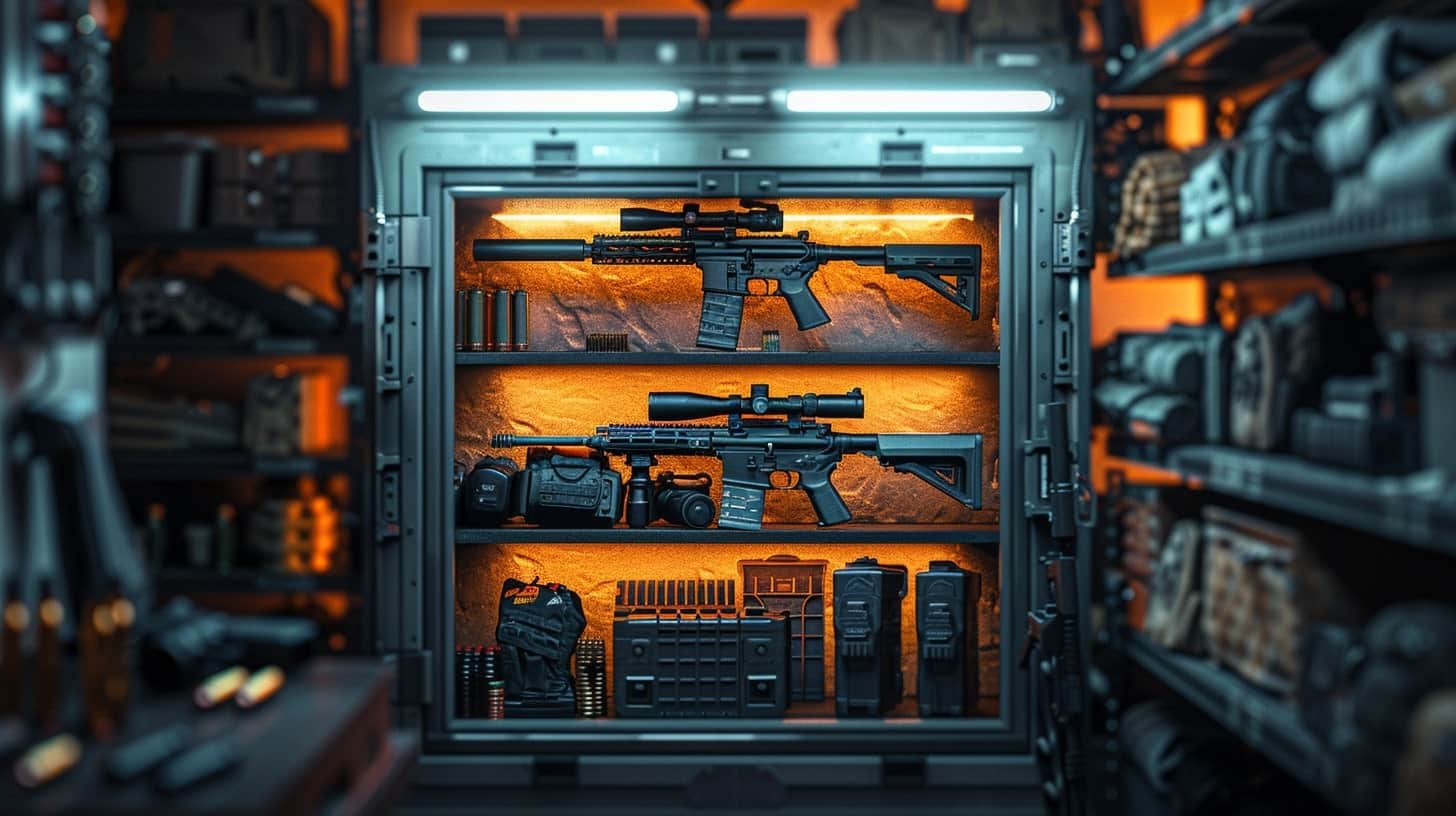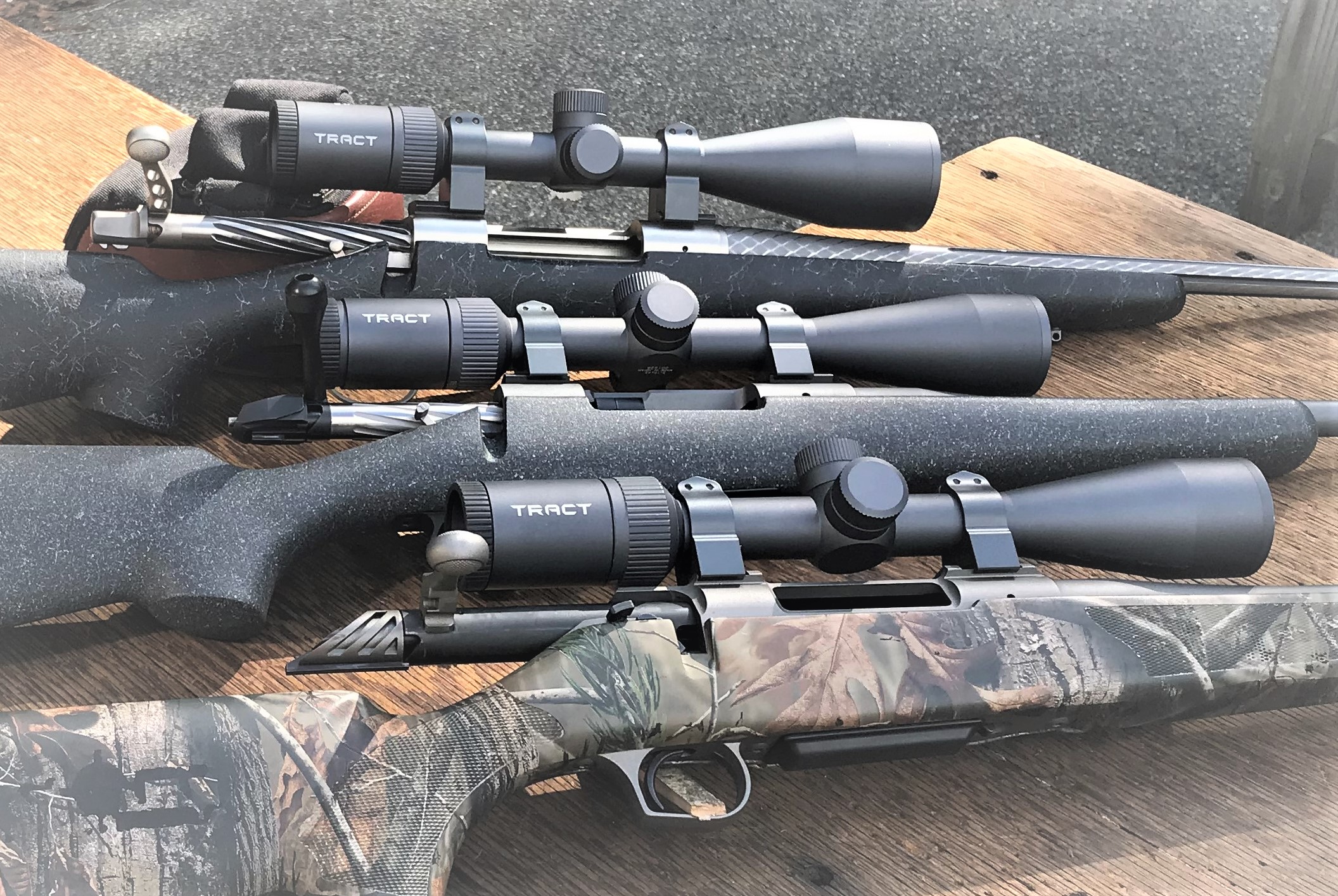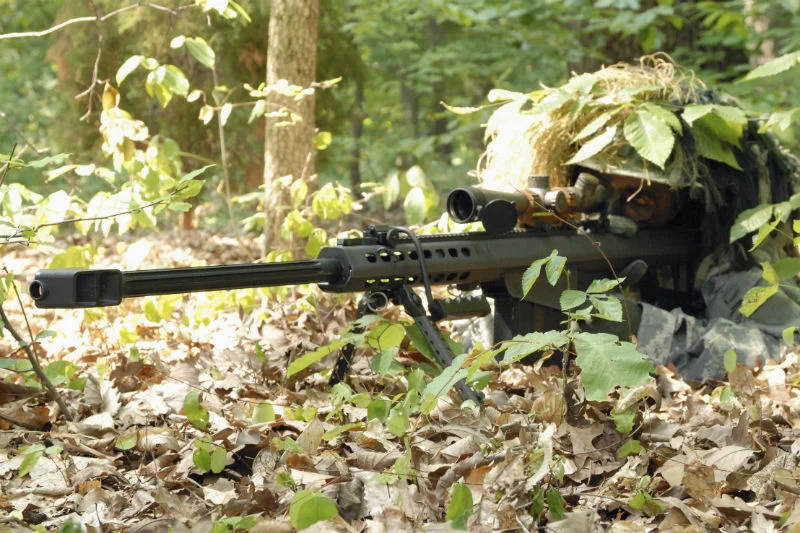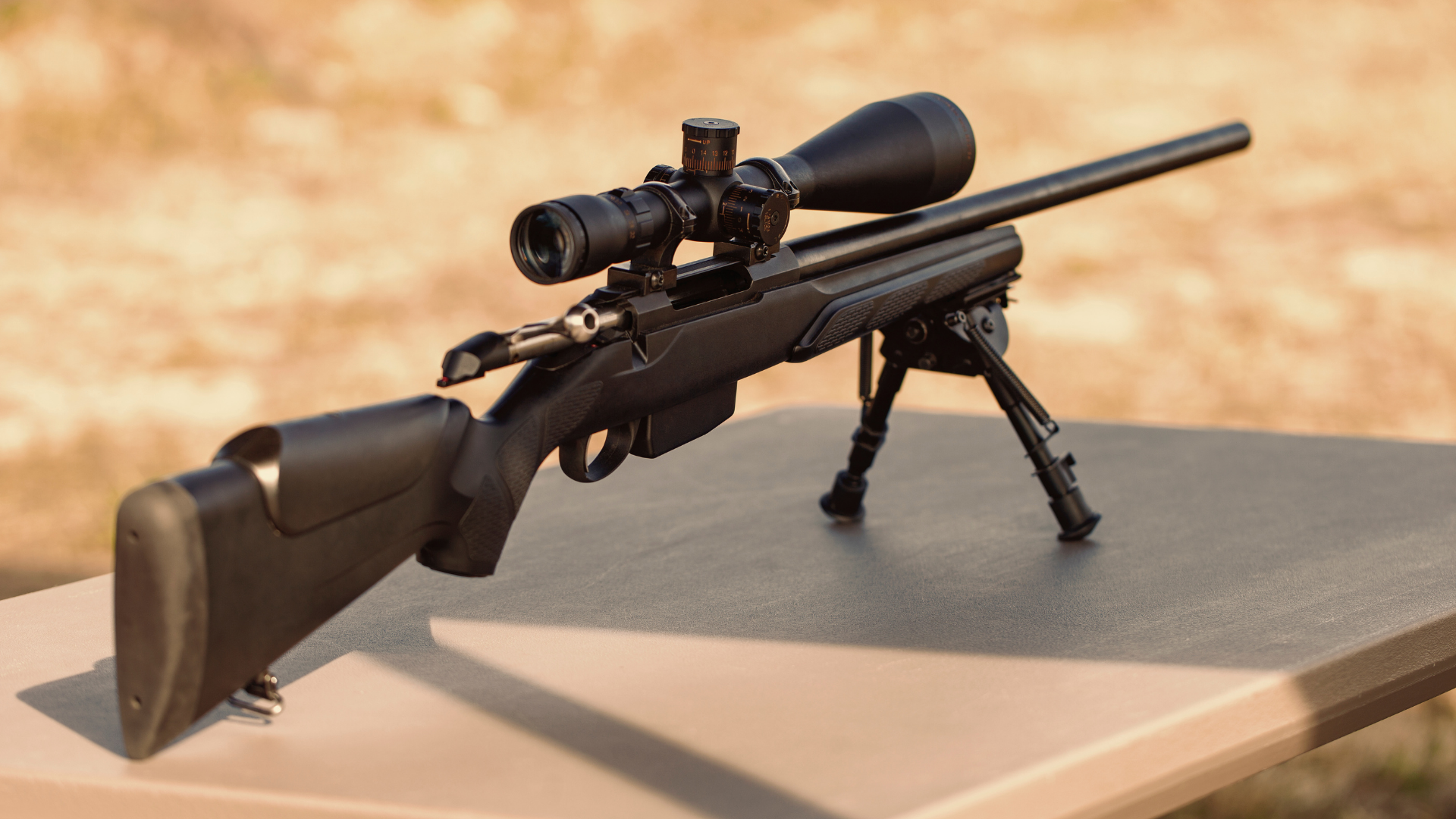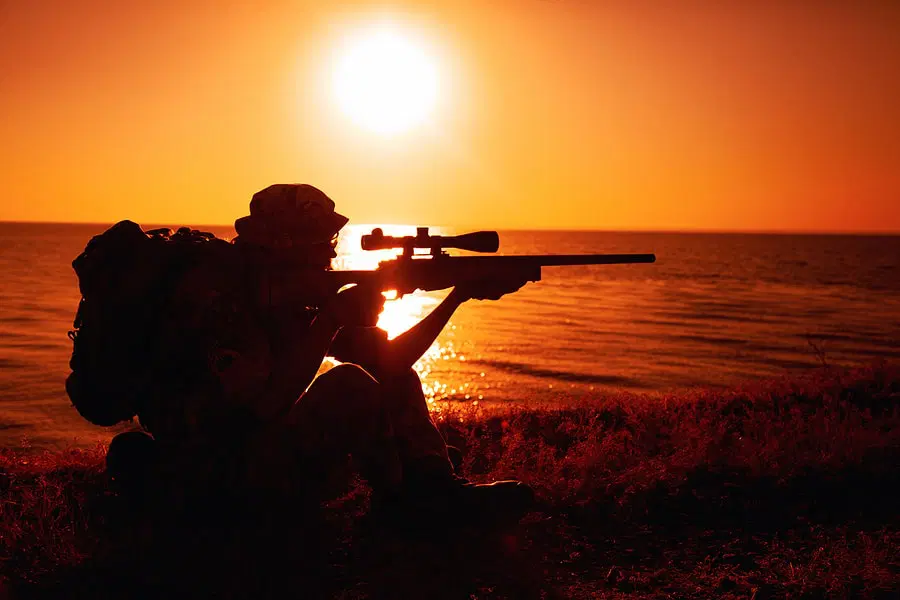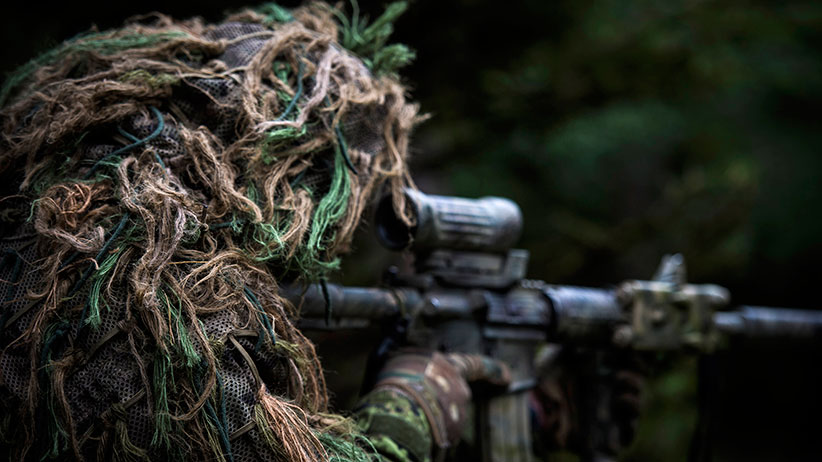Whether you’re a hunter stalking game, an outdoor enthusiast testing your skill, or a competitive shooter aiming for perfection, precision and accuracy are the holy grail of marksmanship. Sniper training techniques can take your shooting skills to the next level, helping you hit your target with confidence even in the most challenging conditions.
This blog will walk you through essential sniper training tips used by professionals to hone their craft. From understanding your equipment to mastering breathing techniques, we’ll cover everything you need to become a more accurate and effective marksman.
The Foundation of Precision Shooting
Before jumping into advanced sniper training methods, it’s crucial to understand the essentials. A strong foundation is the key to consistently hitting your target, no matter the situation.
Understanding Your Rifle
Your rifle is your partner in the field. Familiarity with its mechanics, quirks, and capabilities is non-negotiable:
- Caliber Matters: Choose a caliber that aligns with your purpose. For example, hunters may prefer .308 Winchester or 6.5 Creedmoor for their balance of power and precision.
- Rifle Zeroing: Ensure your rifle is zeroed before each use. A properly zeroed rifle aligns your scope or sights with the bullet’s trajectory, creating consistent accuracy at a known distance.
- Equipment Maintenance: Regularly clean your rifle and scope to prevent malfunctions and ensure reliability when it matters most.
Choosing the Right Ammunition
Just as important as the rifle is the ammunition you use. Not all ammo is created equal, and incompatibility can affect accuracy. Test different brands and loads during practice to find the one that consistently delivers tight groupings.
Get Comfortable with Your Gear
Your rifle sling, bipod, and shooting mat can all play a significant role in your accuracy. Adjust your gear for maximum comfort, and make sure it complements your natural shooting style.
Mastering Your Shooting Stance
A stable shooting position is the foundation of accurate shooting. Small adjustments to your stance can dramatically impact your precision.
Prone Shooting Position
The prone position is the most stable for sniping and long-distance shooting. Lie flat with your body aligned behind the rifle, your elbows supporting the weight, and your non-dominant hand controlling the stock.
Creating a Natural Point of Aim
Your natural point of aim (NPA) is the position where your body aligns with the target without muscle tension. Adjust your stance and rifle until you feel balanced and the sight picture naturally centers on the target.
Body Alignment
Avoid twisting your body or forcing unnatural angles. Keep your spine aligned with the rifle’s barrel and relax your muscles for a steady shot.
Breathing Techniques for Sharper Accuracy
Believe it or not, inconsistent breathing is one of the main reasons shooters miss their target. Controlled breathing helps stabilize your aim and reduce movement.
The Breath-Hold Method
Here’s a classic rule of thumb for sniper breathing:
- Take a deep breath.
- Slowly exhale halfway and hold.
- Squeeze the trigger during the pause.
This pause reduces chest movement and allows for a controlled shot.
Practice, but Don’t Overdo It
Holding your breath for too long can cause muscle tension and rapid fatigue. Keep it natural and practice during live-fire drills to find your rhythm.
Mastering Trigger Control
Trigger control is an art. Jerking or slapping the trigger will throw off your shot, no matter how perfect your aim is.
Use the Pad of Your Finger
Place the pad of your index finger on the center of the trigger. Avoid using the joint, as it can lead to pulling the rifle to one side.
Smooth and Steady Pull
Apply slow and even pressure to the trigger until the shot breaks. A smooth trigger pull helps you maintain alignment and reduces movement.
Dry Fire Practice
Practice trigger control without live ammo to improve muscle memory. Focus on pulling the trigger without disrupting the sight picture.
Environmental Factors to Consider
Shooting isn’t just about you and your gear. Understanding how environmental factors affect your bullet’s trajectory is key to hitting your target.
Windage and Wind Reading
Wind is one of the biggest challenges for snipers. Learn to read the wind by observing environmental cues like grass movement, trees, and dust. Use your scope’s reticle or a wind meter to estimate the speed and direction of the wind, then adjust your aim accordingly.
Elevation and Ballistics
Altitude affects air density, which in turn influences bullet performance. Bullets travel farther in thin air at higher elevations. Familiarize yourself with your bullet’s ballistics data to make accurate adjustments.
Temperature and Humidity
Hotter temperatures result in less air resistance, whereas colder air is denser and slows the bullet. Similarly, high humidity can slightly decrease air density. Factor these variables into your calculations.
The Importance of Discipline and Mindset
Sniper training isn’t just physical; it’s mental. Your mindset can determine whether you hit or miss your target.
Practicing Patience
Being in the field requires patience, especially when you’re waiting hours for the perfect shot. Learn to stay calm and maintain focus, even when conditions are challenging.
Building Mental Toughness
Developing mental resilience can help you stay sharp under pressure. Simulate high-stress situations during training to prepare yourself for real-world scenarios.
Consistency is Key
Whether it’s your stance, breathing, or trigger pull, consistency is the hallmark of great shooters. Replicate your process every time for reliable results.
Advanced Training Techniques
Once you’ve mastered the basics, it’s time to challenge yourself with advanced sniper training techniques.
Long-Range Shooting Drills
Start practicing at increasing distances. Use steel targets with distinct audio feedback to sharpen your precision at 500+ yards.
Shooting at Moving Targets
Mastering the lead is essential for hunting or tactical scenarios. Practice shooting at moving targets by estimating their speed and direction while adjusting your aim point.
Low-Light and Night Shooting
Equip your rifle with low-light optics or night vision gear, and practice shooting in dimly lit conditions. This skill is especially valuable for hunters and outdoor enthusiasts.
Foster Growth Through Community
Joining a community of like-minded shooting enthusiasts can accelerate your learning curve. Whether it’s a local shooting club, online forums, or professional classes, engaging with others who share your passion can offer new perspectives and techniques.
Take Your Shot
Becoming a skilled sniper takes dedication, practice, and a willingness to learn. By focusing on the fundamentals, mastering the environment, and continually pushing your limits, you can elevate your skills and achieve unparalleled accuracy in the field.
Now, it’s time to lock, load, and hit your mark!

